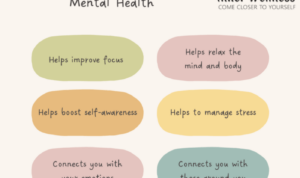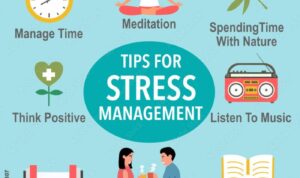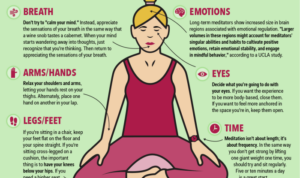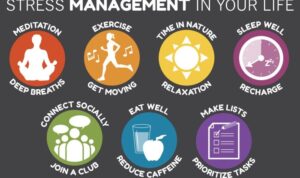Mindfulness Exercises: Improve your physical and mental health with these transformative practices. Dive into the world of mindfulness and discover a new way to reduce stress and enhance your overall well-being.
Benefits of Mindfulness Exercises
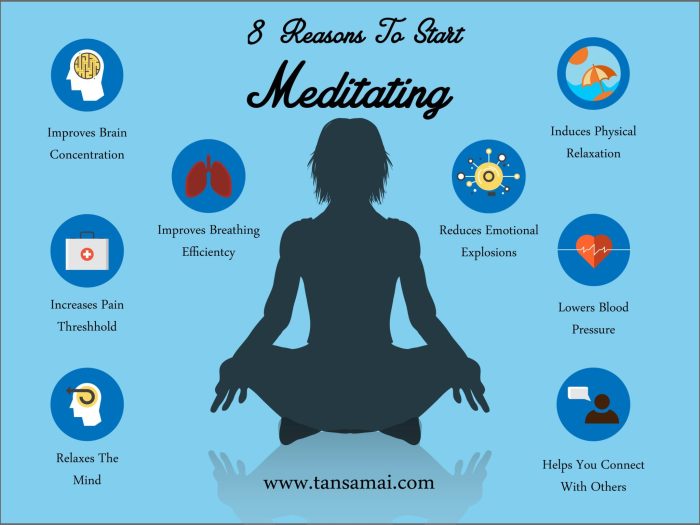
Mindfulness exercises offer a wide range of benefits that positively impact both physical and mental health, contributing to overall well-being and stress reduction.
Physical Health Benefits
- Improves immune function and overall health
- Reduces inflammation in the body
- Enhances cardiovascular health and lowers blood pressure
- Promotes better sleep quality
Mental Health Benefits
- Reduces symptoms of anxiety and depression
- Enhances emotional regulation and resilience
- Improves focus, attention, and cognitive function
- Helps manage stress and promotes relaxation
Overall Well-being and Stress Reduction
- Increases self-awareness and self-compassion
- Promotes a sense of inner peace and contentment
- Enhances relationships and social connections
- Reduces the impact of negative thinking patterns
Types of Mindfulness Exercises
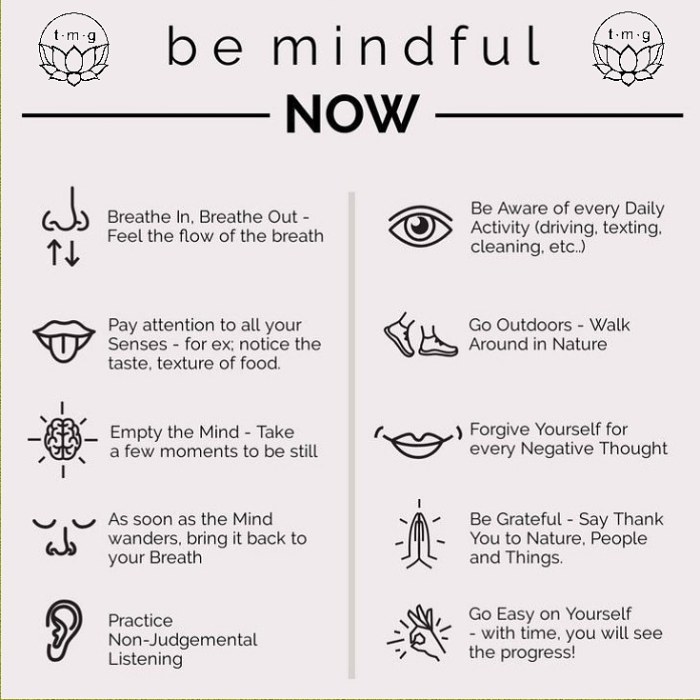
Mindfulness exercises come in various forms, each offering unique benefits to help individuals cultivate a sense of awareness and presence in their daily lives.
Breathing Techniques
Breathing techniques are fundamental mindfulness exercises that focus on the breath. They involve paying attention to the inhalation and exhalation, observing the rhythm and sensations of breathing. By bringing awareness to the breath, individuals can calm the mind, reduce stress, and enhance focus and concentration.
Body Scans
Body scans involve systematically bringing attention to different parts of the body, starting from the toes and moving up to the head. This mindfulness exercise helps individuals connect with their physical sensations, release tension, and promote relaxation. It can also increase body awareness and improve overall well-being.
Mindful Walking, Mindfulness Exercises
Mindful walking is a form of walking meditation where individuals focus on the sensations of walking, such as the movement of the feet and the contact with the ground. This practice encourages mindfulness in motion, allowing individuals to stay present and grounded while engaging in physical activity. Mindful walking can help reduce stress, increase awareness, and enhance the connection between mind and body.
How to Practice Mindfulness Exercises
Practicing mindfulness exercises can have a positive impact on your overall well-being and mental health. Here is a step-by-step guide on how to start practicing mindfulness exercises effectively.
Start with Short Sessions
- Begin with short sessions, around 5-10 minutes, to ease into the practice.
- Find a quiet and comfortable space where you can focus without distractions.
- Choose a specific mindfulness exercise such as deep breathing or body scan to start with.
Incorporate into Daily Routine
- Set a specific time each day to practice mindfulness exercises, such as in the morning or before bed.
- Integrate mindfulness into daily activities like eating, walking, or showering to enhance awareness.
- Use reminders or cues throughout the day to prompt mindfulness practice, like a phone alarm or sticky notes.
Overcoming Challenges
- Feeling restless or distracted? Acknowledge these thoughts without judgment and gently bring your focus back to the present moment.
- If you struggle to find time, start with shorter sessions and gradually increase the duration as you build consistency.
- Be patient with yourself and understand that mindfulness is a skill that improves with practice over time.
Mindfulness Exercises for Specific Situations
When it comes to dealing with specific situations like stress relief, relaxation, improving focus, concentration, managing anxiety, and promoting better sleep, mindfulness exercises can be highly effective. These practices help individuals stay present, calm their minds, and enhance overall well-being.
Stress Relief and Relaxation
- Deep Breathing: Take slow, deep breaths in through your nose and out through your mouth, focusing on the sensation of the breath entering and leaving your body.
- Body Scan: Close your eyes and slowly scan your body from head to toe, noticing any areas of tension and consciously releasing them.
- Guided Imagery: Visualize a peaceful place or scenario, engaging your senses and emotions to create a sense of calm and relaxation.
Improving Focus and Concentration
- Mindful Walking: Pay close attention to each step you take, the movement of your body, and the sensations in your feet as you walk slowly and deliberately.
- Focus on Breath: Concentrate on the rhythm of your breath, observing each inhale and exhale to anchor your attention in the present moment.
- Single-Tasking: Engage fully in one activity at a time, giving it your complete focus and avoiding distractions to enhance concentration.
Managing Anxiety and Promoting Better Sleep
- Progressive Muscle Relaxation: Tense and relax each muscle group in your body, starting from your toes and working your way up to your head to release tension and promote relaxation.
- Gratitude Journal: Write down three things you are grateful for each day to shift your focus to positive aspects of your life and reduce anxiety.
- Nighttime Routine: Establish a calming bedtime routine that includes mindfulness practices like deep breathing, gentle stretches, or meditation to prepare your mind and body for restful sleep.







